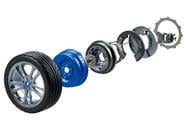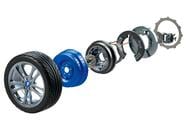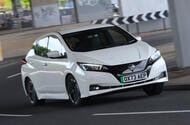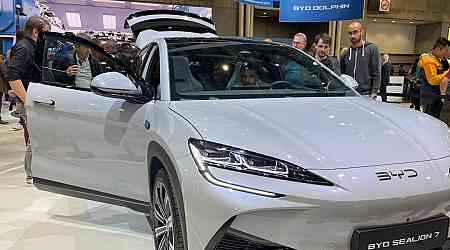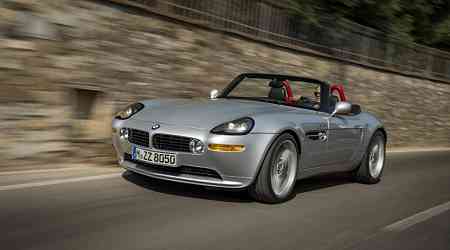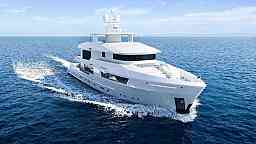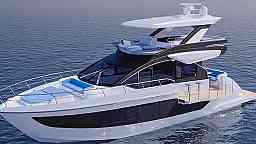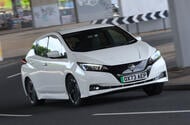In-wheel motors (IWMs) have been around since the world got serious about electric propulsion. GM’s Autonomy of 2002 concept was an FCEV with a skateboard chassis propelled by IWMs. GM had working demonstrators, including a Chevrolet S-10 pick-up with IWMs driving the rear wheels plus a single motor at the front.
For the past 15 years, Protean Electric has worked on nothing else. Since we first reported on the Farnham-based company back in 2017, it has continued to develop the technology and amassed extensive knowledge along the way.
The latest Gen 5 Proteandrive IWM (PD18 Gen 5) has completed a validation programme and, claims the company, sets a new industry standard for IWMs, producing 1106lb ft and 138bhp and weighing 39kg.
Two motors in a front- or rear-wheel-drive configuration give peak power of 276bhp, while four-wheel drive gives 553bhp. Maximum speed with the motors is 140mph.
The IWM has an integrated disc brake, fits in an 18in wheel and is validated for use in mainstream cars and light commercials, meeting 15-year and 186,000-mile durability requirements. The motors were subjected to severe shock, vibration, thermal cycles, sand, dust, water and chemical contamination during tests.
The appeal of IWMs lies mainly in the packaging. In this case the entire drive unit fits inside the wheel, including the inverter, which manages energy in and out and handles the transition between AC and the DC current from and to the battery.
A conventional e-axle set-up with motor and transmission on the car’s centreline and driveshafts to each wheel creates an incompressible package that can’t be part of a front or rear crumple zone, and the same applies to ICE cars.
By removing these packages the wheels can be moved closer to the car’s corners, freeing up space inside. The other plus point is improved efficiency and range, because there are no losses from reduction transmissions or drivetrain components.
Protean has spent years commissioning and studying independent analysis of potential issues such as unsprung weight, but an early study by Lotus Engineering concluded that unsprung weight isn’t an issue at all.
Essentially, the heavier a car is the less of an effect it poses, and any effects of unsprung weight can be compensated for with suspension and damper tuning.
The first PD18 is designed for 400V architectures, and the company expects to have an 800V version ready by the end of the year.
The PD18 is compatible with cars, SUVs, vans and autonomous pods weighing up to 5.2 tonnes; the smaller, 107bhp PD16 is for cars, vans and pods up to 3.2 tonnes.


















